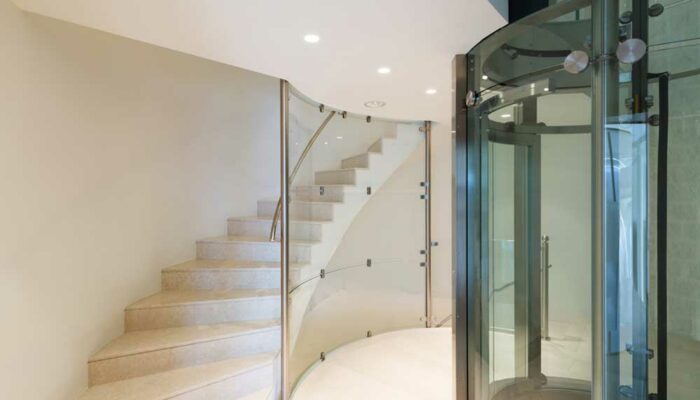Four common types of home elevators
You may question the need for a home elevator system, especially if there are no aged or physically handicapped persons in the house. You could just choose to save money and install a stair chair lift instead. However, due to the efficient use of materials and reduced cost of installation, home elevators are finding their place in many two-storeyed or taller buildings preferred by homeowners.

Winding drum and counterweight systems
Based on the old scientific principle of a revolving winch and a counterweight to offset the load bearing, a winding drum and counterweight chain drive is a common home elevator you can find at any friend or relative’s place. An electric motor revolves the drum to reel in or release the cable that is supporting the elevator cab. The counterweight moves in the opposite direction to pull up or lower the cab accordingly using minimal power and force. It is one of the most popular home elevator systems that consumers prefer to install as the entire unit can be housed on the top floor. Drum and counterweight home elevators are also cheap in comparison to pneumatic and hydraulic systems and are easy to install in small spaces.
Pneumatic vacuum elevators
Pneumatic home elevator systems do not rely on a cable and pulley system as the cab is powered to go up and down using atmospheric pressure. It is one of the latest innovations in elevator technology and uses high pressure and low-pressure atmospheric reaction to push or lower the elevator cab. The housing unit and elevator cab are designed to fit perfectly to create a vacuum that can be controlled by manipulating the air pressure to move the cab. A pneumatic system is energy efficient as the elevator needs power only to push the cab up and let gravity to do its work gently moving the elevator cab down.
Roped hydraulic systems
A roped hydraulic system is a combination of using a rope and pulley system that is powered by hydraulic pressure. A hydraulic pump is attached to a position and the pulley system hoists the elevator cab up or down using a pumping mechanism. The compression moves the piston thus moving the elevator cab simultaneously using pressurized hydraulic fluid. Roped hydraulic home elevators are a convenient installation especially when you don’t have space for a full pneumatic or counterweight driving system installation.





